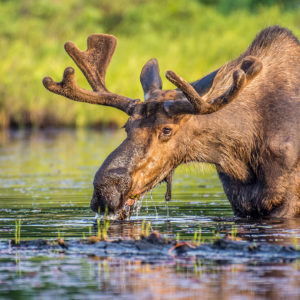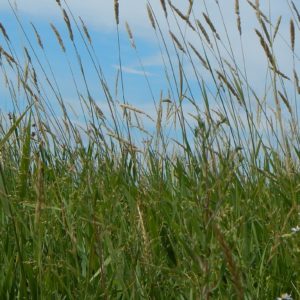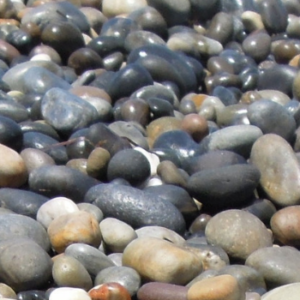Brier Island and Offshore National Marine Conservation Area
This blog was written by guest blogger Claire Smith.
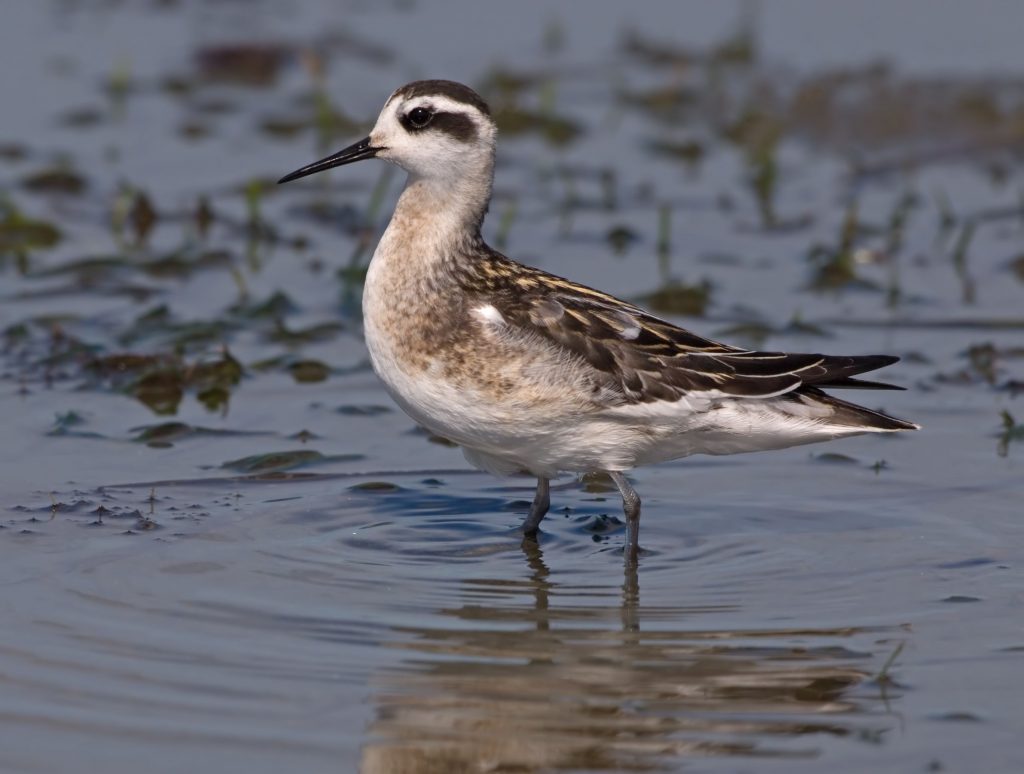 Brier Island and its offshore waters have long been distinguished for their seasonal role in hosting migrating birds. As one of the most significant Important Bird and Biodiversity Areas in the Maritimes, it is considered a must-see attraction for many bird lovers. More than 100,000 birds are hosted on and around the island annually, belonging to over 331 different bird species. The island hosts the migrations of raptors, waterbirds and landbirds, and as well as an important segment of the North American population of Red and Red-necked Phalaropes. These two species of Phalaropes feed on zooplankton that concentrates in tidal streaks, which are caused by upwelling around underwater ledges. The birds are fortunate enough to find these tidal features at anywhere from six to sixteen kilometers off the shore of the island.
Brier Island and its offshore waters have long been distinguished for their seasonal role in hosting migrating birds. As one of the most significant Important Bird and Biodiversity Areas in the Maritimes, it is considered a must-see attraction for many bird lovers. More than 100,000 birds are hosted on and around the island annually, belonging to over 331 different bird species. The island hosts the migrations of raptors, waterbirds and landbirds, and as well as an important segment of the North American population of Red and Red-necked Phalaropes. These two species of Phalaropes feed on zooplankton that concentrates in tidal streaks, which are caused by upwelling around underwater ledges. The birds are fortunate enough to find these tidal features at anywhere from six to sixteen kilometers off the shore of the island.
Other important at-risk species found in the area are the North Atlantic Right Whale, Fin Whale and the Peregrine Falcon. These species would benefit greatly from the proposed National Marine Conservation Area (NMCA), a designation under Parks Canada’s protected areas system, which would run up to 15 km offshore. The survival of the Endangered Eastern Mountain Avens flower would also be greatly encouraged by the whole island’s status as a conservation area – one in which most human activities could continue without interruption. The entire Canadian population of the flower is found on Brier Island and the neighboring East Ferry Area of Digby Neck. It is estimated its total population is limited to 3200 plants, 95% of which are found on Brier Island. For unknown reasons, the only other place in the entire world that this beautiful wildflower can be found is in high altitude, wet areas of New Hampshire. Protecting this precious endangered species should be a priority for Canadians.
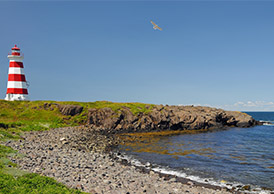
Brier Island Lighthouse by Dennis Jarvis (CC BY-SA 2.0)
Currently, the wildlife of the island is the focal point of several whale-watching and seabird-watching boat enterprises that are stationed in the island’s only community, Westport. Though these wildlife watching industries are regulated, there is some concern that too many boats doing too many trips per day throughout the summer months could begin to have a negative impact on the marine mammals and birds. A local fishery also exists on the island but it has decreased in size over time. The fishery may have impacted the colonial seabirds, as it supported a large seagull population. It may have also threatened the endangered Avens flower as large gull populations encourage the invasion of weeds and shrubs. The island, the bird species it hosts, and its surrounding aquatic life certainly qualify for, and would benefit from, official protection as an NMCA. Its conservation area status would help ensure its place as a natural marvel and thriving community of the Maritimes for years to come.

